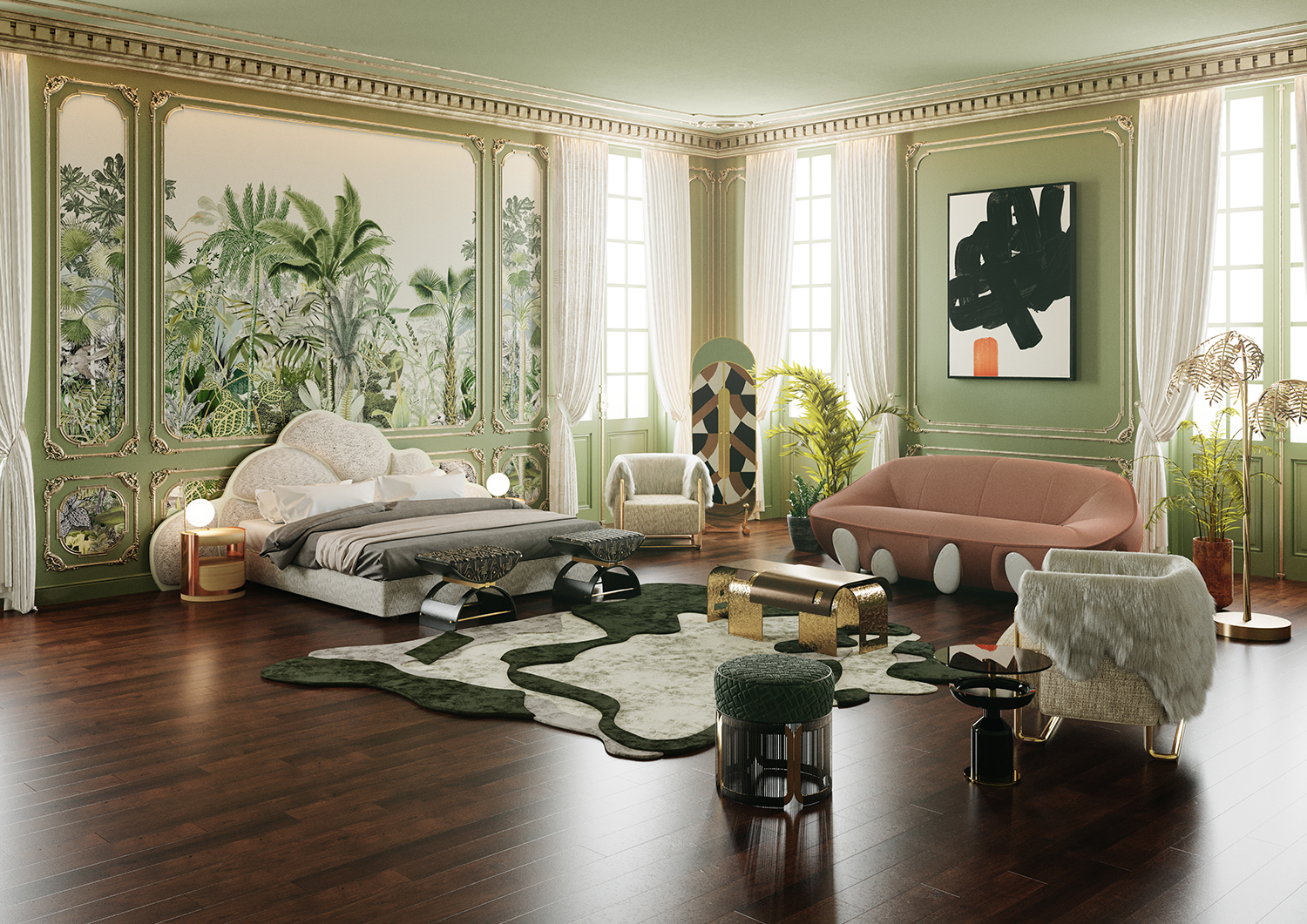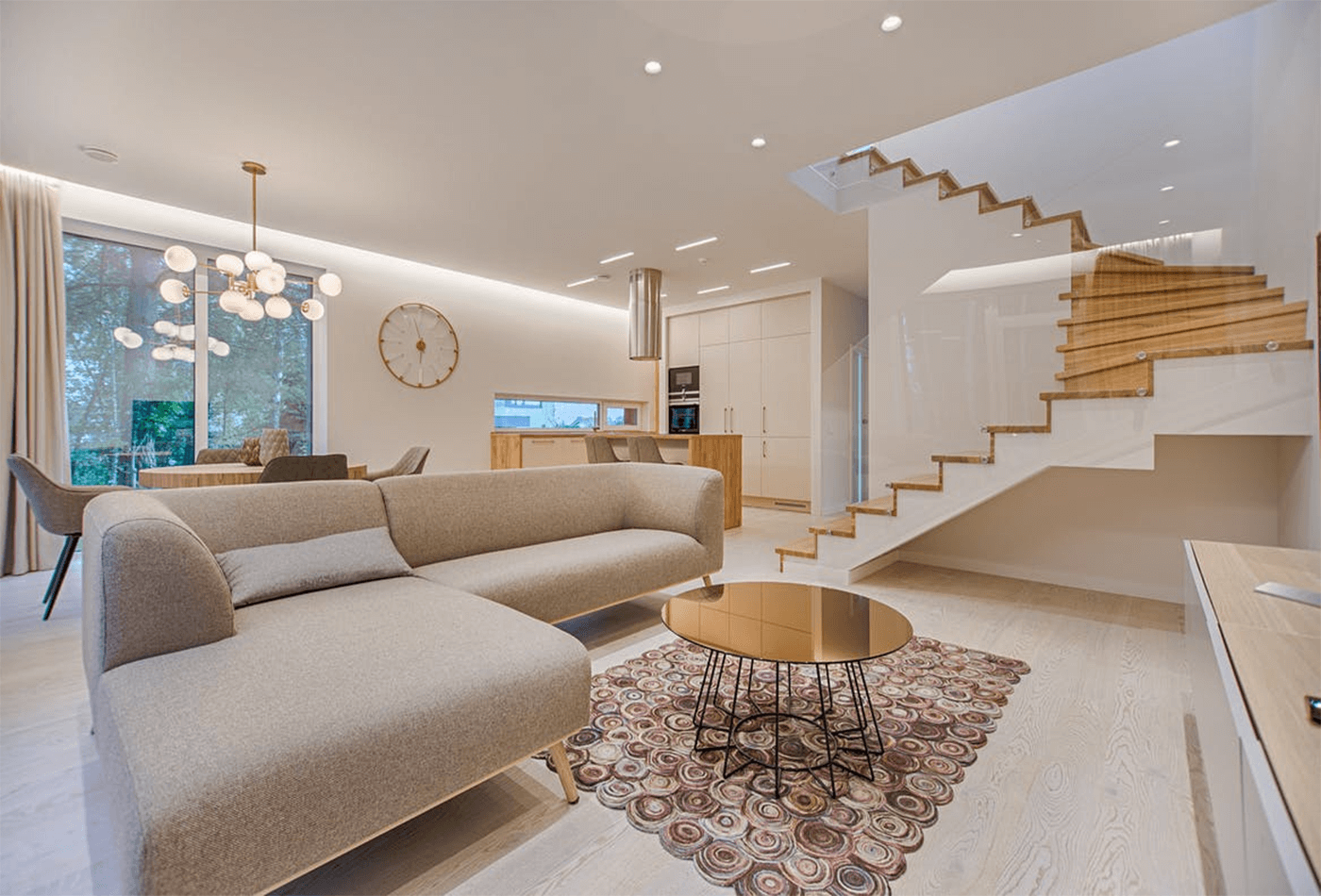Create a unique look with expert luxury interior design.
Create a unique look with expert luxury interior design.
Blog Article
Change Your Home With Necessary Concepts of Interior Style and Aesthetic Appeals
The art of transforming your home through the crucial principles of interior decoration and visual appeal calls for a thoughtful strategy that harmonizes color, balance, and spatial recognition. By comprehending the influence of color theory and the relevance of texture and patterns, one can develop rooms that are not just aesthetically attractive however additionally deeply personal. Accomplishing this equilibrium involves greater than plain decoration; it includes a tactical arrangement and a keen understanding of how each element interacts within an area. As we explore these foundational principles, take into consideration how they may redefine your understanding of home and individual expression.
Understanding Color Concept
Comprehending the concepts of color concept permits developers to create rooms that resonate emotionally with passengers while meeting practical needs. Each category plays an essential function in developing consistency within a room.
The emotional effect of shades is extensive; cozy colors such as reds and oranges evoke power and heat, while great tones like blues and greens promote peace and tranquility. Moreover, the usage of complementary colors enhances visual interest, producing striking contrasts that can elevate an area's appeal.
Neutral shades, on the other hand, work as a flexible background, enabling various other style components to shine. It is important to consider aspects such as lights and the space's objective when picking a shade scheme, as these can change the assumption of shades throughout the day.
Inevitably, a well-considered shade plan can transform an area, fostering a sense of convenience and design that lines up with the inhabitants' preferences. Proficiency of color concept is, consequently, an important skill for any type of indoor developer intending to develop unified and inviting settings.
Accomplishing Equilibrium in Design
How can developers accomplish a sense of stability in their spaces? Accomplishing balance in design is fundamental to creating harmonious insides. Developers can use 3 main sorts of equilibrium: symmetrical, asymmetrical, and radial. In proportion balance includes organizing components equally around a central factor, fostering a sense of order and peace. This type commonly includes pairs of furnishings or art work, boosting visual security.
Unbalanced balance, on the various other hand, relies upon varying components that still accomplish a natural look. This method enables more vibrant and casual arrangements, providing rate of interest while preserving stability. By very carefully selecting differing dimensions, colors, and textures, designers can create an aesthetically engaging room that feels balanced yet energetic.
Radial balance highlights a central focal factor with elements emitting external. This style is typically seen in circular formats, where furniture and decor produce a cohesive surround that draws the eye inward.
Ultimately, attaining balance calls for thoughtful consideration of scale, percentage, and the partnerships between aspects. interior design firms. By skillfully applying these balance principles, developers can change rooms into environments that feel both visually pleasing and functionally unified, improving the total experience for residents
Relevance of Spatial Understanding

A keen sense of spatial recognition permits designers to determine prime focus within an area, leading the audience's interest to vital functions while maintaining a total feeling of unity. It additionally assists in the tactical placement of lighting, which can dramatically influence the perception of room and state of mind. Understanding spatial connections makes it possible for the designer to provide to the particular demands of occupants, making certain that each area offers its intended objective without compromising visual appeals.
Ultimately, spatial recognition is important for maximizing the capacity of any indoor room. By carefully taking into consideration the interaction in between measurements, design, and feature, designers can produce settings that not only meet practical needs however likewise evoke a feeling like it of convenience and appeal, improving the general living experience.
Integrating Structure and Patterns
Accepting a diverse variety of appearances and patterns can significantly boost the aesthetic and tactile charm of an interior space. The strategic usage of different materials-- such as wood, steel, textile, and rock-- develops depth and passion, making a space feel more inviting and dynamic. For instance, integrating smooth surfaces with harsh structures can establish a balance that attracts the eye and involves the senses.
When including patterns, think about both range find more info and rep. Large patterns can act as centerpieces, while smaller, subtle layouts can complement other aspects without frustrating the space. Layering patterns, such as pairing floral pillows with candy striped throws, adds intricacy and a feeling of consistency if performed attentively.
It is likewise vital to keep a natural shade scheme, making certain that appearances and patterns interact as opposed to contend for interest. By selecting a few key textures and patterns, you can develop a linked visual that shows your personal design while boosting the total atmosphere of the space. Eventually, the careful incorporation of these elements can change an ordinary space right into an innovative atmosphere rich with personality and heat.
Individualizing Your Area
Creating a room that shows your personality is essential to attaining a really inviting setting. Customization in interior decoration permits you to instill your distinct design and rate of interests into your home, changing it from a simple shelter right into a haven that talks to who you are. Begin by selecting a shade palette that Clicking Here reverberates with your emotions-- vibrant colors can energize, while soft tones use serenity.
Include art work and design that mirror your enthusiasms, whether it be traveling, nature, or abstract ideas. Showing individual collections, such as books, pictures, or souvenirs, can evoke treasured memories and create focal factors within a room. Furthermore, take into consideration personalizing useful pieces, like upholstered furnishings, to align with your aesthetic choices.

Final Thought
To conclude, the improvement of a home via the essential principles of interior decoration and aesthetics demands an extensive understanding of shade concept, equilibrium, spatial recognition, structure, and personalization. Each element contributes dramatically to creating an unified and functional living environment - interior design firms. By attentively incorporating these concepts, people can boost the visual allure and emotional vibration of their areas, inevitably promoting a home that shows special identities while giving convenience and usefulness
Report this page